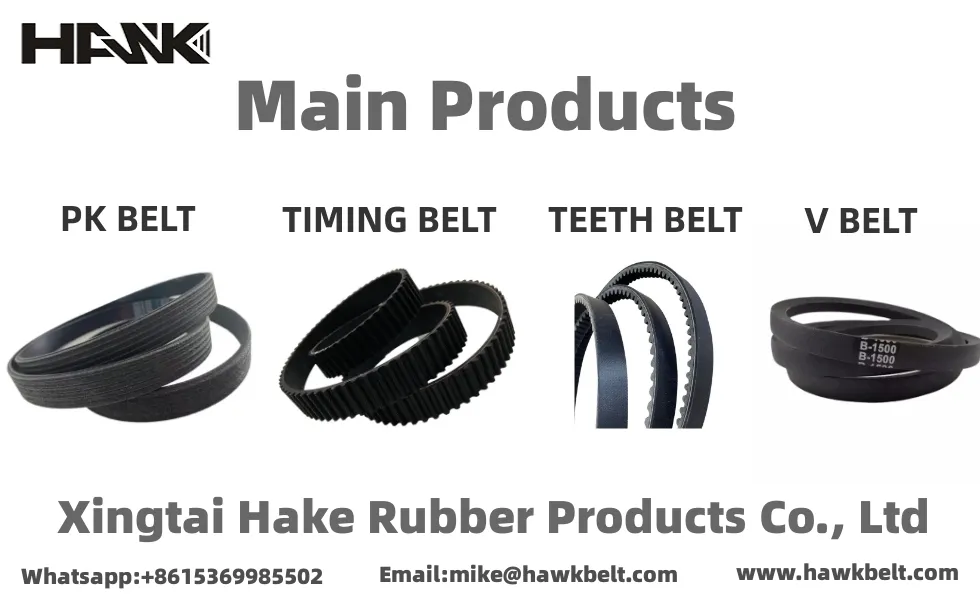- Arabic
- French
- Russian
- Spanish
- Portuguese
- Turkish
- Armenian
- English
- Albanian
- Amharic
- Azerbaijani
- Basque
- Belarusian
- Bengali
- Bosnian
- Bulgarian
- Catalan
- Cebuano
- Corsican
- Croatian
- Czech
- Danish
- Dutch
- Afrikaans
- Esperanto
- Estonian
- Finnish
- Frisian
- Galician
- Georgian
- German
- Greek
- Gujarati
- Haitian Creole
- hausa
- hawaiian
- Hebrew
- Hindi
- Miao
- Hungarian
- Icelandic
- igbo
- Indonesian
- irish
- Italian
- Japanese
- Javanese
- Kannada
- kazakh
- Khmer
- Rwandese
- Korean
- Kurdish
- Kyrgyz
- Lao
- Latin
- Latvian
- Lithuanian
- Luxembourgish
- Macedonian
- Malgashi
- Malay
- Malayalam
- Maltese
- Maori
- Marathi
- Mongolian
- Myanmar
- Nepali
- Norwegian
- Norwegian
- Occitan
- Pashto
- Persian
- Polish
- Punjabi
- Romanian
- Samoan
- Scottish Gaelic
- Serbian
- Sesotho
- Shona
- Sindhi
- Sinhala
- Slovak
- Slovenian
- Somali
- Sundanese
- Swahili
- Swedish
- Tagalog
- Tajik
- Tamil
- Tatar
- Telugu
- Thai
- Turkmen
- Ukrainian
- Urdu
- Uighur
- Uzbek
- Vietnamese
- Welsh
- Bantu
- Yiddish
- Yoruba
- Zulu
Srp . 29, 2024 13:56 Back to list
Synchronous Timing Belt - High Precision and Durable Performance
Understanding Synchronous Timing Belts A Key Component in Machinery
Synchronous timing belts play a crucial role in various mechanical systems, enabling efficient power transmission between components. Unlike traditional v-belts, which can slip and lose traction under load, synchronous timing belts are designed to operate without such issues. This unique feature makes them essential for applications requiring precise motion control and synchronization.
A synchronous timing belt is typically made from high-strength materials, such as reinforced rubber or polyurethane, which are designed to withstand high tensile loads and resist wear over time. The belt features teeth that mesh with corresponding grooves on the pulleys, ensuring a secure grip without slippage. This tooth engagement allows for accurate movement, making timing belts ideal for applications in robotics, automotive, and industrial machinery.
One of the primary advantages of synchronous timing belts is their ability to maintain consistent timing between moving parts. In automotive engines, for instance, the timing belt connects the crankshaft and camshaft. Proper synchronization ensures that the engine’s valves open and close at precisely the right moments, maximizing performance and fuel efficiency. A failure in this system can lead to severe engine damage, highlighting the importance of regular maintenance and timely replacement of the timing belt.
synchronous timing belt

In addition to automotive applications, synchronous timing belts are widely used in various industrial machinery. They are found in conveyor systems, CNC machines, and packaging equipment where precision is paramount. The ability to operate at high speeds without sacrificing accuracy makes them a favorite among engineers and designers. Furthermore, timing belts tend to produce less noise and require less lubrication compared to chains or gears, making them an environmentally friendly option.
When selecting a synchronous timing belt, several factors must be considered, including the belt material, load capacity, and operational environment. Manufacturers offer a range of options, each tailored for specific applications. For instance, belts designed for high-temperature environments might utilize special compounds to withstand thermal stress.
In conclusion, synchronous timing belts are an integral part of many machines and systems, offering unmatched reliability and performance. Their unique design allows for synchronized movement in high-stress conditions, making them indispensable in both automotive and industrial applications. As technology continues to advance, the development of more robust and versatile timing belts will undoubtedly enhance their utility across various fields. Proper understanding and maintenance of synchronous timing belts can lead to improved machinery efficiency and longevity, reflecting their essential role in modern engineering.
-
Korean Auto Parts Timing Belt 24312-37500 For Hyundai/Kia
NewsMar.07,2025
-
7PK2300 90916-T2024 RIBBED BELT POLY V BELT PK BELT
NewsMar.07,2025
-
Chinese Auto Belt Factory 310-2M-22 For BMW/Mercedes-Benz
NewsMar.07,2025
-
Chinese Auto Belt Factory 310-2M-22 For BMW/Mercedes-Benz
NewsMar.07,2025
-
90916-02660 PK Belt 6PK1680 For Toyota
NewsMar.07,2025
-
drive belt serpentine belt
NewsMar.07,2025

